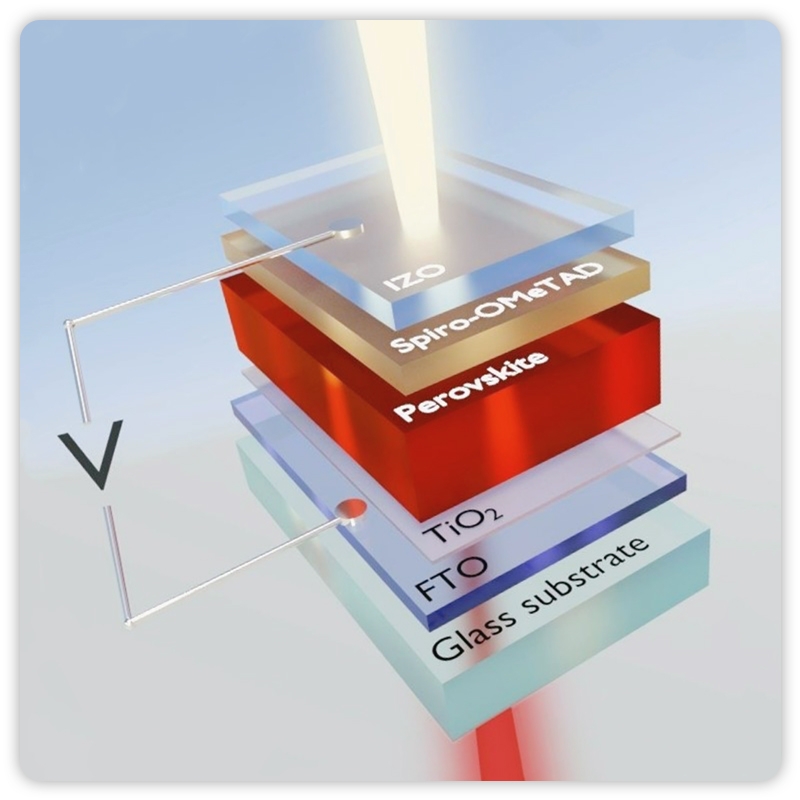-
Categories
-
Pharmaceutical Intermediates
-
Active Pharmaceutical Ingredients
-
Food Additives
- Industrial Coatings
- Agrochemicals
- Dyes and Pigments
- Surfactant
- Flavors and Fragrances
- Chemical Reagents
- Catalyst and Auxiliary
- Natural Products
- Inorganic Chemistry
-
Organic Chemistry
-
Biochemical Engineering
- Analytical Chemistry
- Cosmetic Ingredient
-
Pharmaceutical Intermediates
Promotion
ECHEMI Mall
Wholesale
Weekly Price
Exhibition
News
-
Trade Service
plants in post-embryo development continue to produce new growth points, the formation of branches. The lateral biogenesy tissue formed at the leaf crust has stem cells as the growth point. How stem cell tissue centers can be re-established in the leaf is yet to be studied.
the Jiao Yuling Research Group of the Institute of Genetics and Developmental Biology of the Chinese Academy of Sciences found that the isogenetic transcription factor WUSCHEL (WUS) gene, which maintains top-of-the-line divisional tissue in the athropophysic mustard, was also involved in the formation of side buds. In previous studies, the scorched rain bell team found that the starting process of side buds relied on the signaling highs of plant hormone cytosins (Wang et al., 2014 The Plant Cell 26: 2055-2067). Further studies have found that the downstream transcription factor Type-B ARR of the cell division pathline can directly activate WUS expression. The activation of WUS is highly space-time-specific and occurs only at the leaves of mature leaves. Further studies have found that wuS activation is associated with the state of histoprotein modification, especially by hismoglobin methylation and acetylation regulation. As shown in the figure below, this study answers how stem cell tissue centers are established during the establishment of new growth points.
the study was published in The Plant Cell on June 2, 2017
. Wang , a graduate doctoral student in the Zhuo Yuling Research Group, is the first author of the paper, and Wang Jiawei of the Shanghai Institute of Plant Physiology and Ecology and Zhao Zhong of the China University of Science and Technology participated in the collaboration. The research was funded by the National Natural Science Foundation of China, the 973 Project of the Ministry of Science and Technology, the "10,000 People Program" of the Central Group Department and the National Key Laboratory of Plant Genomics.
two other articles published in Plant Cells report that this regulatory mechanism also affects the establishment of stem cells during plant regeneration (Zhang et al., 2017, DOI:10.1105/tpc.16.00863; Meng et al., 2017, DOI:10.1105/tpc.16.00640). The Scorched Rain Bell Research Group was involved in one of the studies. (Source: Science.com)







